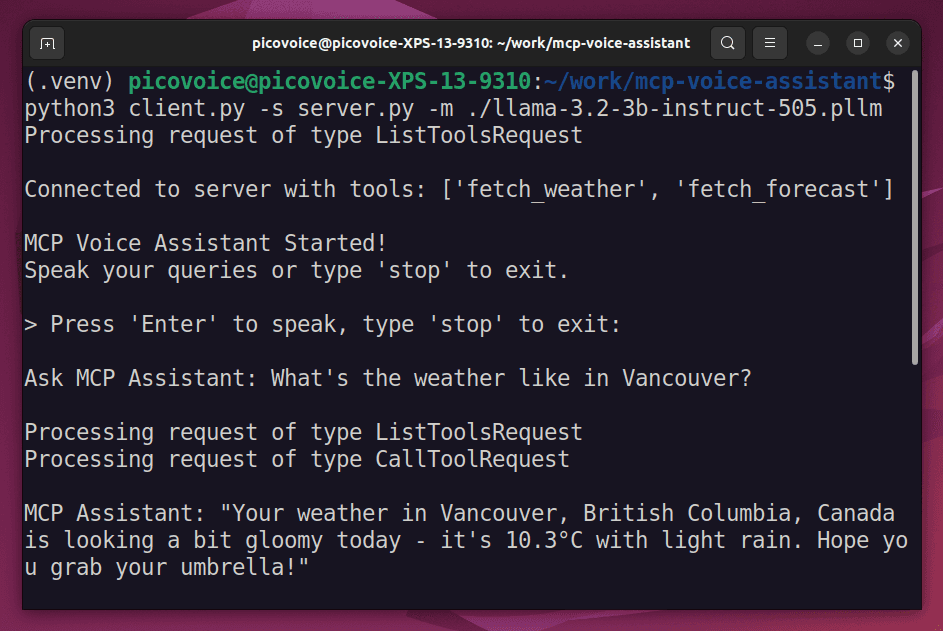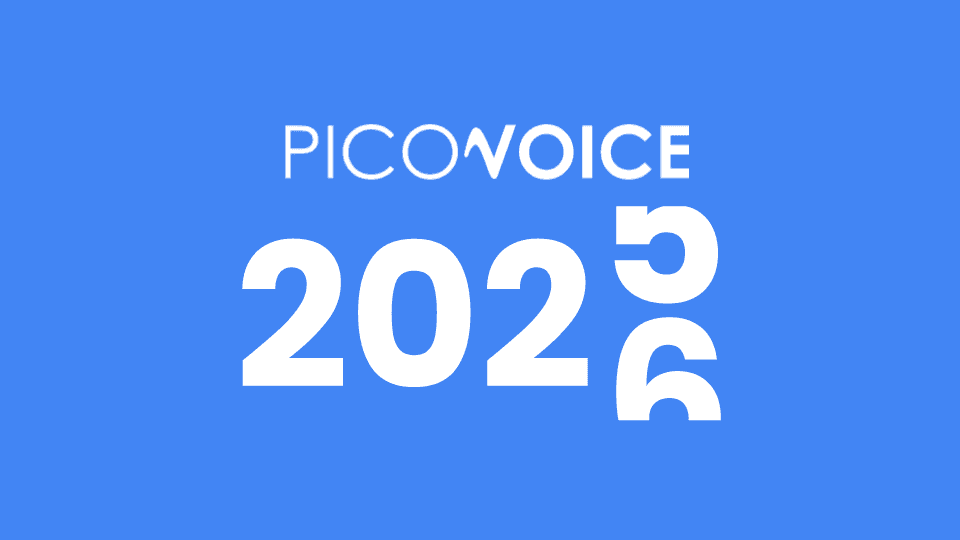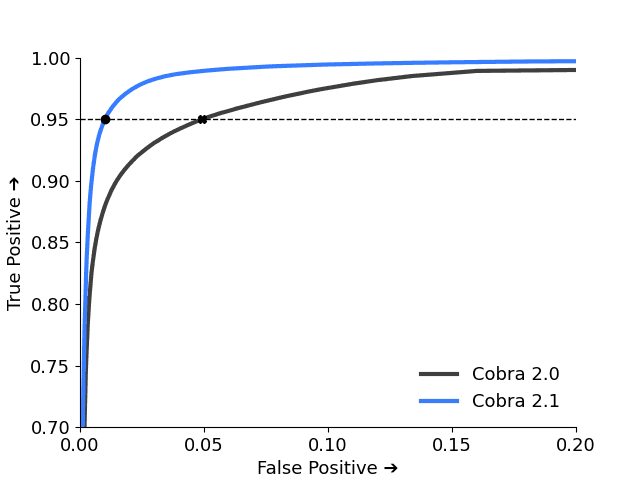TLDR: The enterprise AI landscape is evolving quickly. Two approaches dominate discussions: Voice AI Agents (specialized, rules-based systems) and Agentic Voice AI (autonomous, reasoning-driven systems). Choosing the right path has direct implications for ROI, operational efficiency, and risk.
Traditional AI assistants like Siri and Alexa are integrating advanced language models, new AI companions like ChatGPT and Claude are adding voice capabilities. Meanwhile, "Agentic AI" is becoming the latest buzzword in enterprise circles, and Gartner predicts that over 40% of agentic AI projects will be canceled by 2027, warning enterprises to choose the right AI approach.
Understanding the distinction between Voice AI Agents and Agentic Voice AI is not just a technical but also a strategic priority, due to the direct impact on ROI, operational costs, and competitive advantage.
What Are Voice AI Agents?
Voice AI Agents can be seen as smart, hardworking interns who excel at specific, predictable tasks with no or limited decision-making authority. They follow scripts and decision trees to deliver predictable outcomes.
Key Characteristics of Voice AI Agents
- Predictable Excellence: Follows provided input scripts and processes, ensuring consistent quality and outcomes.
- Specialized Focus: Built for specific business functions, delivering reliable performance within their expertise area.
- Easy Integration: Simpler tech stack, allowing easier integration into existing systems and databases without requiring major infrastructure changes.
Common Use Cases of Voice AI Agents
- Customer Service: Order tracking, account inquiries, basic support
- Commerce: Order modifications, product searches, inventory control
- Information Retrieval: Company policies, product specifications, pricing
Learn more about using voice AI agents in customer service.
Technical Architecture of Voice AI Agents
Voice AI Agents typically require wake word detection, voice activity detection, spoken language understanding (automatic speech recognition (ASR) and natural language understanding (NLU)) or Speech-to-Intent, and text-to-speech (TTS) components in a pipeline architecture. They rely on rule-based logic or lightweight machine learning models to navigate conversation flows and trigger appropriate responses.
Learn more about the products used to build voice AI agents.
What Is Agentic Voice AI?
Agentic Voice AI represents a paradigm shift toward autonomous conversational systems capable of dynamic reasoning, multistep problem-solving, and adaptive behavior. Agentic Voice AI is more of a management consultant who can think through complex problems, adapt to new situations, and handle tasks that require judgment and creativity.
Key Characteristics of Agentic Voice AI
- Independent Reasoning: Analyzes complex situations and makes decisions without needing explicit instructions for every scenario.
- Multi-Step Problem-Solving: Can break down complex requests into manageable steps and coordinate multiple actions to achieve goals.
- Contextual Intelligence: Remembers conversation history and adopts its approach based on context, user preferences, and past interactions.
Common Use Cases of Agentic Voice AI
- Complex Customer Issues: Multi-step troubleshooting, warranty claims, returns requiring investigation
- Sales & Relationship Management: B2B lead qualification, consultative selling, objection handling
- Executive Support: Multi-stakeholder coordination, complex project management, strategic planning assistance, competitive intelligence
Business Impact of Agentic Voice AI
- Competitive differentiation
- Enhanced customer experience
- Scalable expertise across organization
Technical Architecture of Agentic Voice AI
Agentic voice AI differentiates itself with autonomous intelligence and decision-making capabilities. Agentic Voice AI systems leverage large language models (LLMs) and advanced AI techniques such as RAGs and chain-of-thought reasoning to operate with greater independence and flexibility. In order to keep latency minimal, using modern voice technology is critical. Along with wake word detection and voice activity detection, streaming speech-to-text and streaming text-to-speech built for LLMs are used.
Strategic Decision Framework to Decide between Voice AI Agents and Agentic Voice AI Agents
- Choose Voice AI Agents if:
- Processes are structured and predictable
- Compliance, accuracy, and cost control are priorities
- Need more immediate results
- Choose Agentic Voice AI if:
- Customer interactions are complex and high-value
- Creativity, adaptability, and problem-solving are required
- Have resources for long-term development
- Hybrid Approach (recommended): Start small with Voice AI Agents, then expand to Agentic Voice AI once you have infrastructure, governance, and user adoption in place.
Hybrid Approach Examples
- A healthcare company started with Voice AI Agents for appointment scheduling, now considering Agentic AI for an AI companion for healthcare professionals with patient triage and care coordination, with the ambition to release a patient-facing companion later.
- A bank started with an IVR and Voice AI Agents for account inquiries and transactions; now working on Agentic AI for financial advisory and complex claim processing.
- A retailer using voice AI Agents to help store associates with customer inquiries, with the ambition of building Agentic AI for personalized shopping assistance and complex returns.
If you're interested in building a voice AI agent or agentic voice AI system, do not forget to check out common implementation pitfalls to avoid or consult an expert.
Consult an ExpertFrequently Asked Questions
| Voice AI Agents | Agentic Voice AI | |
| Conversation Handling | Follows predefined scripts and flows | Dynamically adapts to conversation context |
| Decision-Making | Rule-based | AI-powered reasoning |
| Complexity Handling | Excellent for structured, predictable tasks | Excels at unstructured, complex scenarios |
| Development Time | Faster to implement for defined use cases | Longer development cycles, iterative refinement |
| Accuracy & Reliability | High accuracy within scope, consistent performance | Variable performance, potential for hallucinations |
| Customization | Limited to programmed variations | Highly adaptable, learns from interactions |
| Integration Complexity | Straightforward integration | Complex orchestration |
| Risk Profile | Low risk, predictable behavior | Higher risk, requiring governance |
| Scalability | Linear scaling, resource-efficient | Exponential resource requirements |
| Maintenance | Periodic updates to scripts and rules | Continuous monitoring and model management |
| Business Value | Immediate ROI for defined processes | Potential for transformational impact |







